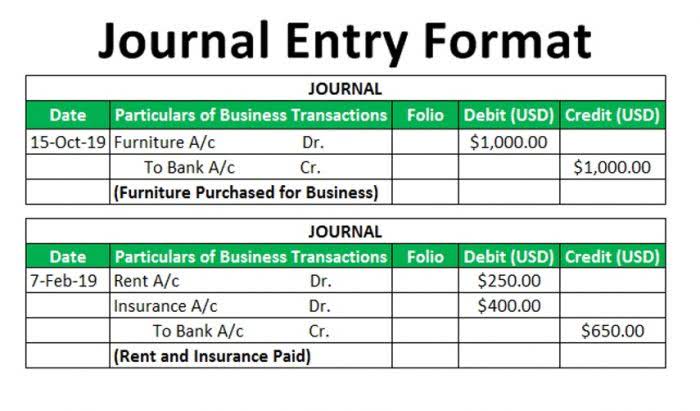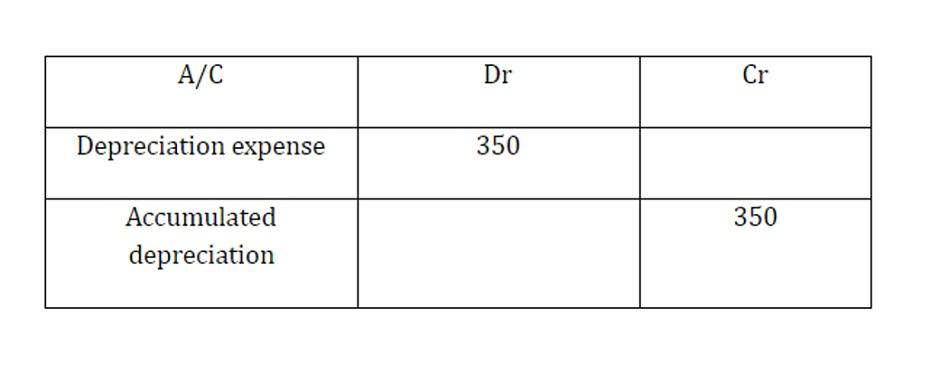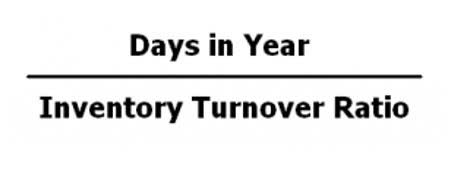
This Summary of Comments and Explanation of Revisions reiterates and expands upon the rationale for applying the DBA provisions that are relevant for purposes of claiming the increased tax credit and consistent with sound tax administration. If Congress intended for the same DBA requirements to apply under the IRA, it would have so provided. The Treasury Department and the IRS are required to implement statutory language as enacted, regardless of the procedure under which the legislation was passed (for example, reconciliation).
Understanding the Annuity Formula
The requirements in PLAs, including ongoing monitoring and administration by union officials, enforceable grievance and dispute resolution mechanisms, and notice of pay rates, will also help ensure compliance with the PWA requirements for claiming the increased credit amount. For example, the final regulations require that qualifying project labor agreements must include effective grievance and dispute resolution provisions that would provide workers and unions an independent mechanism for enforcing the PWA requirements included in a qualifying project labor agreement. Grievance and dispute resolution provisions allow workers to resolve disputes about the payment of prevailing wages and other violations https://www.bookstime.com/ of the qualifying project labor agreement before a taxpayer claims the increased credit amount, assisting taxpayers in complying with the final regulations. As explained in the preamble to the Proposed Regulations, this approach was intended to reflect the substantive differences between the DBA and the Code. Under the DBA, a contractor is required to pay prevailing wages as a condition of a Federal contract award. Under section 45, although the requirement to ensure the payment of wages at rates not less than the prevailing rates is generally triggered when construction of a facility begins, that requirement becomes legally binding only if a tax return claiming the increased credit amount is filed.
- A pre-filing registration or reporting mechanism in the PWA context would not provide the IRS with actionable information for purposes of enforcing the PWA requirements.
- There are many different types of annuities, including tax-advantaged annuities, fixed or variable rate annuities, annuities that pay out a death benefit to families or last a lifetime, and more.
- This collection of information is required to provide sufficient information to enable the IRS to evaluate, process, and rule on the request for approval to use substitute mortality tables.
- (iii) Correction and penalty payments not required if taxpayer ineligible for increased credit amount under section 45(b)(6)(B)(iii).
- Accordingly, the final regulations update the proposed rule to include the substantiality requirement discussed in the preamble to the Proposed Regulations, and further clarify that the requirement to update the wage determination does not apply if the contractor is given more time to complete its original commitment or if the additional work is merely incidental.
Ordinary Annuities
With respect to failures to pay wages at rates not less than the prevailing rates, section 45(b)(7)(B)(iv) provides that the taxpayer must make required correction and penalty payments within 180 days after a final determination to be eligible for the increased credit amount. Further, section 45(b)(7)(B)(ii) provides that Subchapter B of chapter 63 (relating to deficiency procedures for income, estate, gift, and certain excise taxes) does not apply with respect to the assessment or collection of any penalty imposed by section 45(b)(7) with respect to the Prevailing Wage Requirements. Section 45(b)(8) does not provide a similar exception to the deficiency procedures with respect to the Apprenticeship Cure Provision. The final regulations clarify that there is no specific deadline for payment of the penalty required by the Apprenticeship Cure Provision. The deficiency procedures apply to the penalty payments for the failure to satisfy the Apprenticeship Requirements. Although there is no specific statutory deadline for payment of the penalty, as discussed in Section VII.D.3.

Notice 2024-60, page 515.
The comment is inconsistent with the general application of apprenticeship ratio requirements. The Treasury Department and the IRS understand from the DOL that ratio requirements of registered apprenticeship programs that are reviewed and approved by the DOL and State apprenticeship agencies do not prescribe a certain number of qualified apprentices at a job site. Instead, they prescribe the number of journeyworkers required for each qualified apprentice that is on a job site on a given day. If on a particular day there are no qualified apprentices scheduled to work, there is no ratio requirement to adhere to.

An Annuity Defined
Any supplemental wage determination issued under paragraph (b)(3) of this section applies without expiration from the time the taxpayer incorporates the supplemental wage determination into the contract provided that the supplemental wage determination is incorporated into the contract within 180 days of issuance of the supplemental wage determination. If there is no contract, any supplemental wage determination issued under paragraph (b)(3) of this section applies without expiration from the time construction, alteration, or repair starts provided the construction, alteration, or repair starts within 180 days of issuance of the supplemental determination. Any additional classification and wage rate issued under paragraph (b)(3) of this section applies without expiration from the earlier of the date of issuance or the first day in which work in the additional classification was performed. If a supplemental wage determination or additional classification and wage rate is issued after construction, alteration, or repair of the facility has started, the applicable prevailing rates apply retroactively to the date construction started. Other changes have been made throughout these regulations that will reduce burdens on taxpayers. The Proposed Regulations would have established the time that construction starts as the applicable time for taxpayers and contractors to determine applicable wage rates.
Present Value of an Annuity Formulas
- Investors will need to wait until at least age 59 ½ or older before they can start the payout phase.
- Section 30C provides a credit for the cost of any qualified alternative fuel vehicle refueling property placed in service during the taxable year.
- The final payment, made at the end of the fourth year, does not earn any interest because we are determining the future value of the annuity at the end of the fourth period.
- The Good Faith Effort Exception requires a request to a registered apprenticeship program.
Pursuant to the Congressional Review Act (5 U.S.C. 801 et seq.), the Office of Information and Regulatory Affairs designated this rule as a major rule as defined by 5 U.S.C. 804(2). The last Bulletin for each month includes a cumulative index for the matters published during the preceding months. These monthly indexes are cumulated on a semiannual basis, and are published in the last Bulletin of each semiannual period. This part includes rulings and decisions based on provisions of the Internal Revenue Code of 1986. Rulings and procedures reported in the Bulletin do not have the force and effect of Treasury Department Regulations, but they may be used as precedents.

Future Value Formula for Combined Future Value Sum and Cash Flow (Annuity):
The failure to qualify for the Good Faith Effort Exception does not create a presumption of intentional disregard because the intentional disregard provisions are only relevant if the taxpayer has otherwise failed to meet the Apprenticeship Requirements. Thus, the Treasury Department and the IRS decline future value of an ordinary annuity to adopt the commenter’s suggestion. The Treasury Department and the IRS recognize that some taxpayers, contractors, and subcontractors have ongoing relationships with registered apprenticeship programs and may request qualified apprentices from the program informally, such as by telephone.
It is possible to roll over qualified retirement plans like 401(k)s and IRAs into annuities tax-free. After all, these retirement savings accounts do have the primary purpose of providing income in retirement. Annuities can help dictate how retirees live in accordance with their funds or at least make their future income streams more predictable through fixed annuities. As a result, annuities can act as a sort of insurance for guaranteed income in retirement.
- These final regulations provide rules for how taxpayers can satisfy the PWA requirements in order to seek the increased credit amounts under section 45 as well as the increased amounts of credit or deduction available under sections 30C, 45L, 45Q, 45U, 45V, 45Y, 45Z, 48C, and 179D.
- To cure Taxpayer K’s failure to meet the labor hours requirement, Taxpayer K must pay a penalty of $12,500 (250 x $50).
- You can also use this online calculator to double-check your calculations for the PV of an ordinary annuity.
- It also allows sufficient time for the supply of qualified apprentices to adjust to the construction demands of the location of the facility through the registration of new apprenticeship programs and recruitment of qualified apprentices into those programs.
- Under §1.430(h)(3)-2(c)(6)(ii)(E), approval to use a previously approved substitute mortality table terminates in conjunction with the replacement of the generally applicable mortality tables under section 430(h)(3)(A) and §1.430(h)(3)-1 as of the date specified in guidance published in the Internal Revenue Bulletin.
The DOE will not otherwise communicate with taxpayers about the status of a pending LCA Approval Request. For purposes of section 4.01(2) of this notice, the supplemental information that supports the LCA Report data must contain all necessary details supporting the LCA Report data, calculations, and conclusions. Additionally, a taxpayer must disclose (to the IRS only) whether any previously-filed claim for the § 45Q utilization credit was adjusted and why it was adjusted. For purposes of this section, installation means those activities described in §§1.45-7(d)(3) and 1.45-8(g)(1) that are performed with respect to energy efficient commercial building property, energy efficient building retrofit property, or property installed pursuant to a qualified retrofit plan within the meaning of section 179D before such property is placed in service. This section applies to qualified clean electricity production facilities placed in service in taxable years ending after June 25, 2024, and the construction of which begins after June 25, 2024. This section applies to qualified clean hydrogen production facilities placed in service in taxable years ending after June 25, 2024, and the construction of which begins after June 25, 2024.


